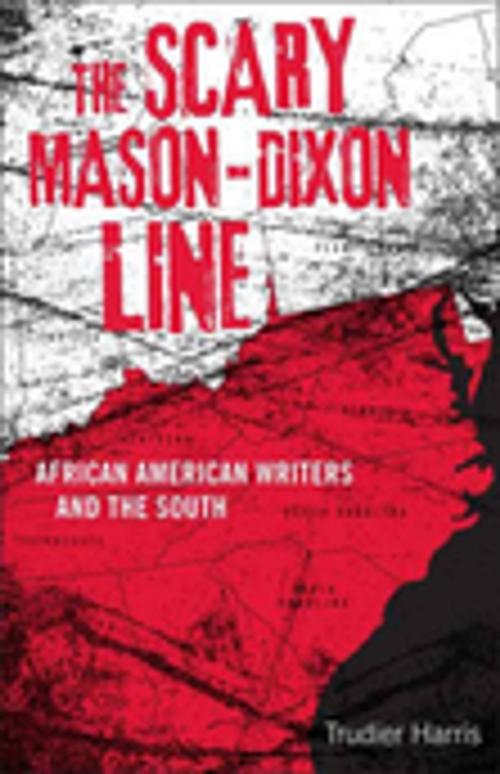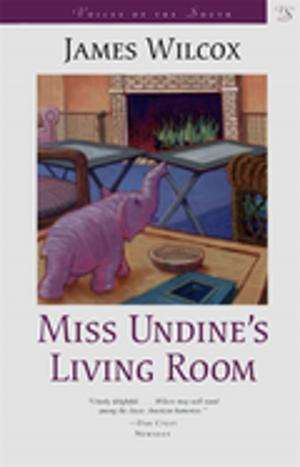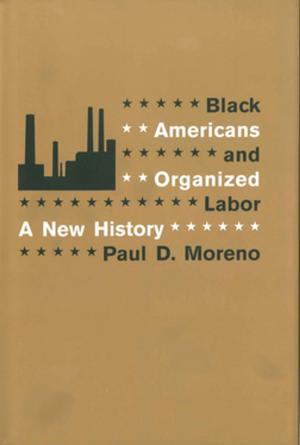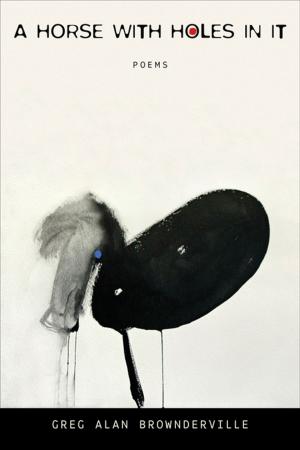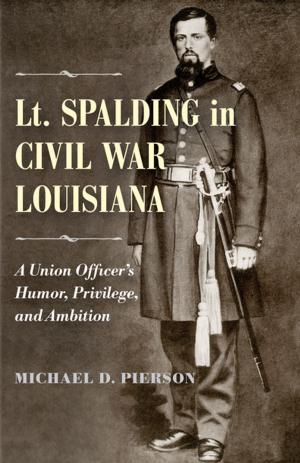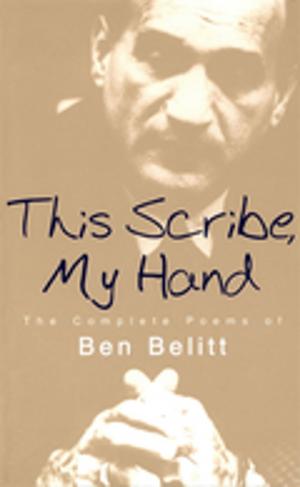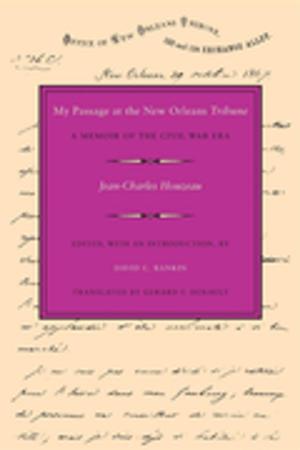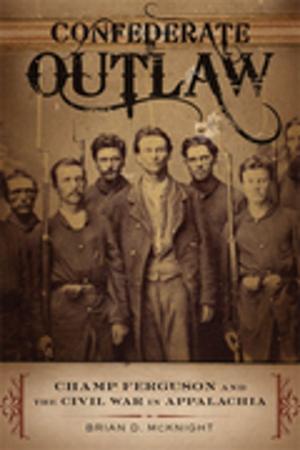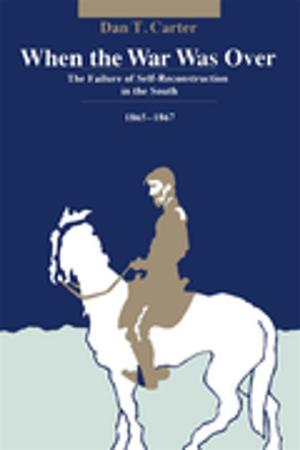The Scary Mason-Dixon Line
African American Writers and the South
Fiction & Literature, Literary Theory & Criticism, American| Author: | Trudier Harris | ISBN: | 9780807142554 |
| Publisher: | LSU Press | Publication: | June 1, 2009 |
| Imprint: | LSU Press | Language: | English |
| Author: | Trudier Harris |
| ISBN: | 9780807142554 |
| Publisher: | LSU Press |
| Publication: | June 1, 2009 |
| Imprint: | LSU Press |
| Language: | English |
New Yorker James Baldwin once declared that a black man can look at a map of the United States, contemplate the area south of the Mason-Dixon Line, and thus scare himself to death. In The Scary Mason-Dixon Line, renowned literary scholar Trudier Harris explores why black writers, whether born in Mississippi, New York, or elsewhere, have consistently both loved and hated the South. Harris explains that for these authors the South represents not so much a place or even a culture as a rite of passage. Not one of them can consider himself or herself a true African American writer without confronting the idea of the South in a decisive way. Harris considers native-born black southerners Raymond Andrews, Ernest J. Gaines, Edward P. Jones, Tayari Jones, Yusef Komunyakaa, Randall Kenan, and Phyllis Alesia Perry, and nonsouthern writers James Baldwin, Sherley Anne Williams, and Octavia E. Butler. The works Harris examines date from Baldwin's Blues for Mr. Charlie (1964) to Edward P. Jones's The Known World (2003). By including Komunyakaa's poems and Baldwin's play, as well as male and female authors, Harris demonstrates that the writers' preoccupation with the South cuts across lines of genre and gender.
Whether their writings focus on slavery, migration from the South to the North, or violence on southern soil, and whether they celebrate the triumph of black southern heritage over repression or castigate the South for its treatment of blacks, these authors cannot escape the call of the South. Indeed, Harris asserts that creative engagement with the South represents a defining characteristic of African American writing.
A singular work by one of the foremost literary scholars writing today, The Scary Mason-Dixon Line superbly demonstrates how history and memory continue to figure powerfully in African American literary creativity.
New Yorker James Baldwin once declared that a black man can look at a map of the United States, contemplate the area south of the Mason-Dixon Line, and thus scare himself to death. In The Scary Mason-Dixon Line, renowned literary scholar Trudier Harris explores why black writers, whether born in Mississippi, New York, or elsewhere, have consistently both loved and hated the South. Harris explains that for these authors the South represents not so much a place or even a culture as a rite of passage. Not one of them can consider himself or herself a true African American writer without confronting the idea of the South in a decisive way. Harris considers native-born black southerners Raymond Andrews, Ernest J. Gaines, Edward P. Jones, Tayari Jones, Yusef Komunyakaa, Randall Kenan, and Phyllis Alesia Perry, and nonsouthern writers James Baldwin, Sherley Anne Williams, and Octavia E. Butler. The works Harris examines date from Baldwin's Blues for Mr. Charlie (1964) to Edward P. Jones's The Known World (2003). By including Komunyakaa's poems and Baldwin's play, as well as male and female authors, Harris demonstrates that the writers' preoccupation with the South cuts across lines of genre and gender.
Whether their writings focus on slavery, migration from the South to the North, or violence on southern soil, and whether they celebrate the triumph of black southern heritage over repression or castigate the South for its treatment of blacks, these authors cannot escape the call of the South. Indeed, Harris asserts that creative engagement with the South represents a defining characteristic of African American writing.
A singular work by one of the foremost literary scholars writing today, The Scary Mason-Dixon Line superbly demonstrates how history and memory continue to figure powerfully in African American literary creativity.
